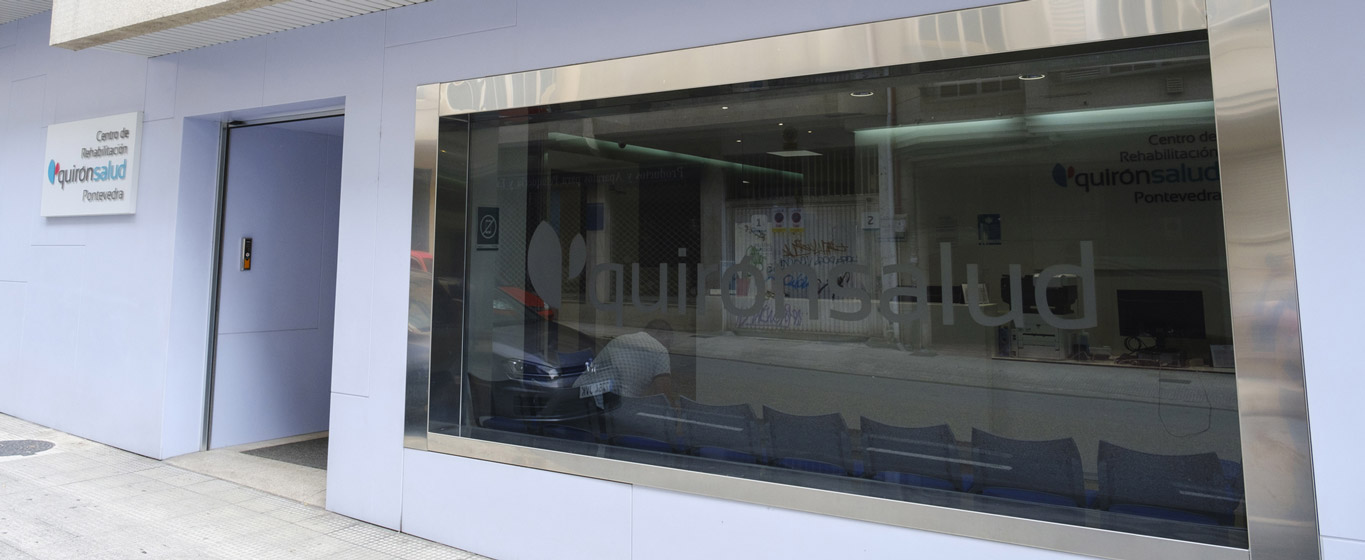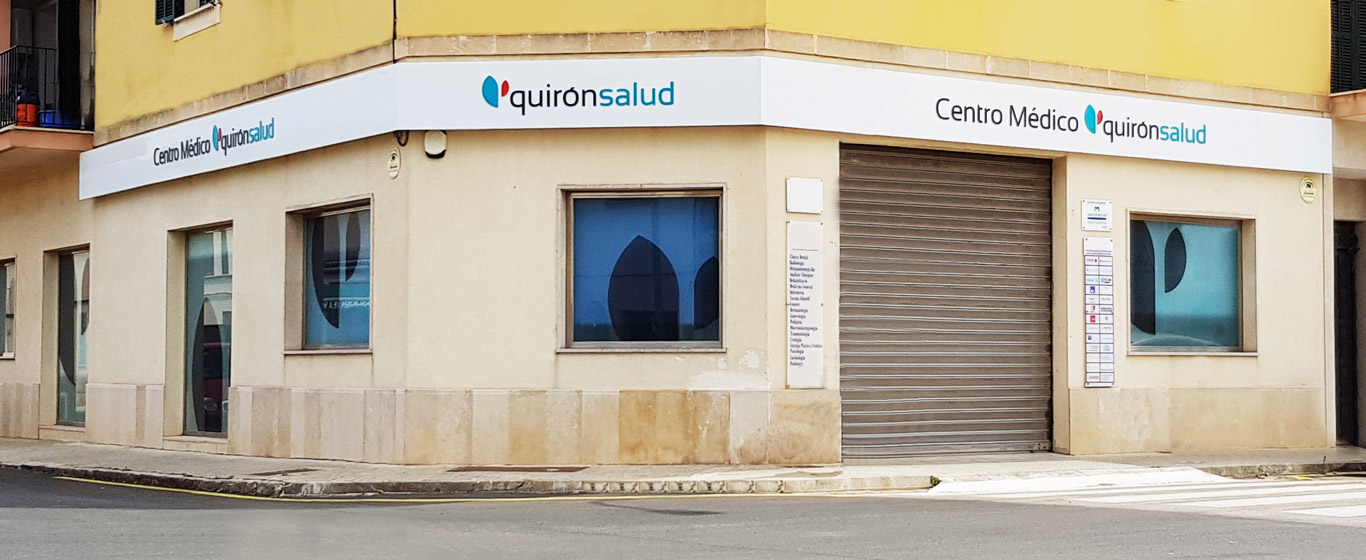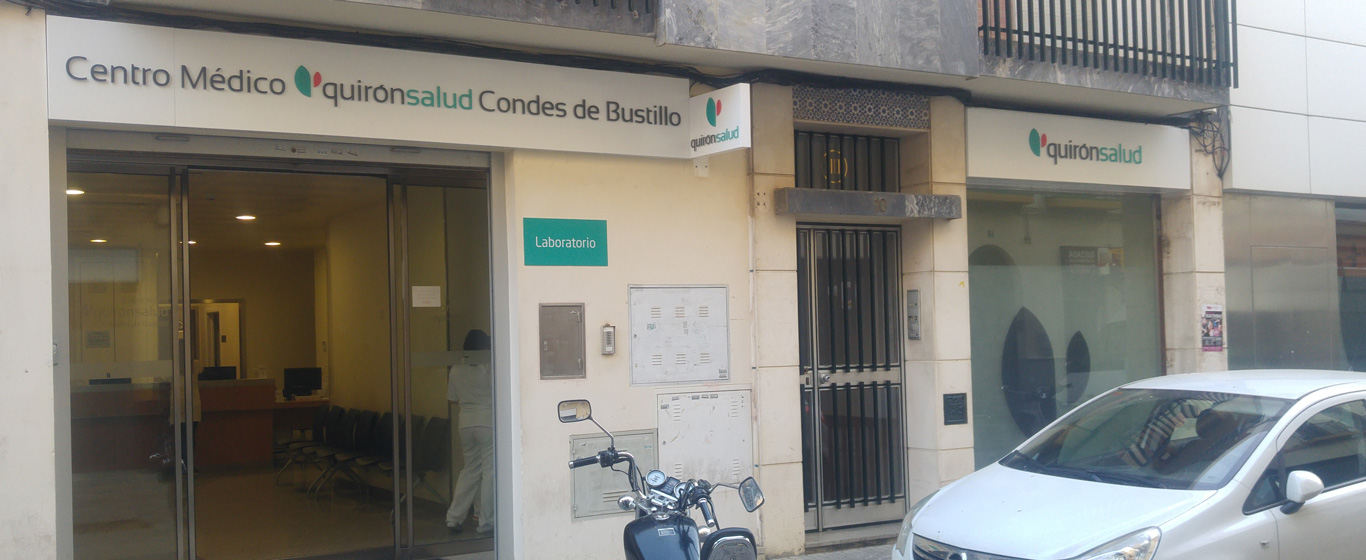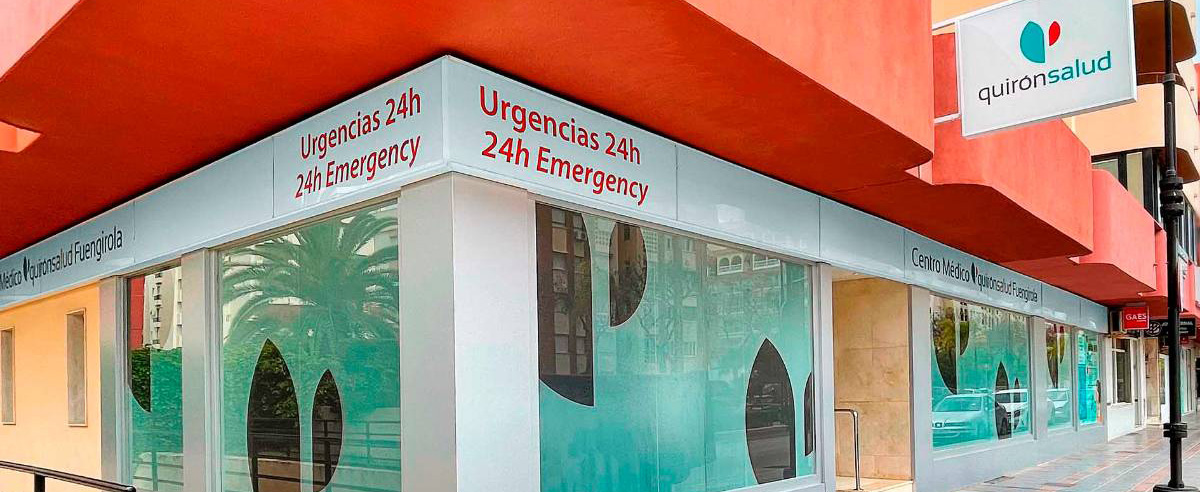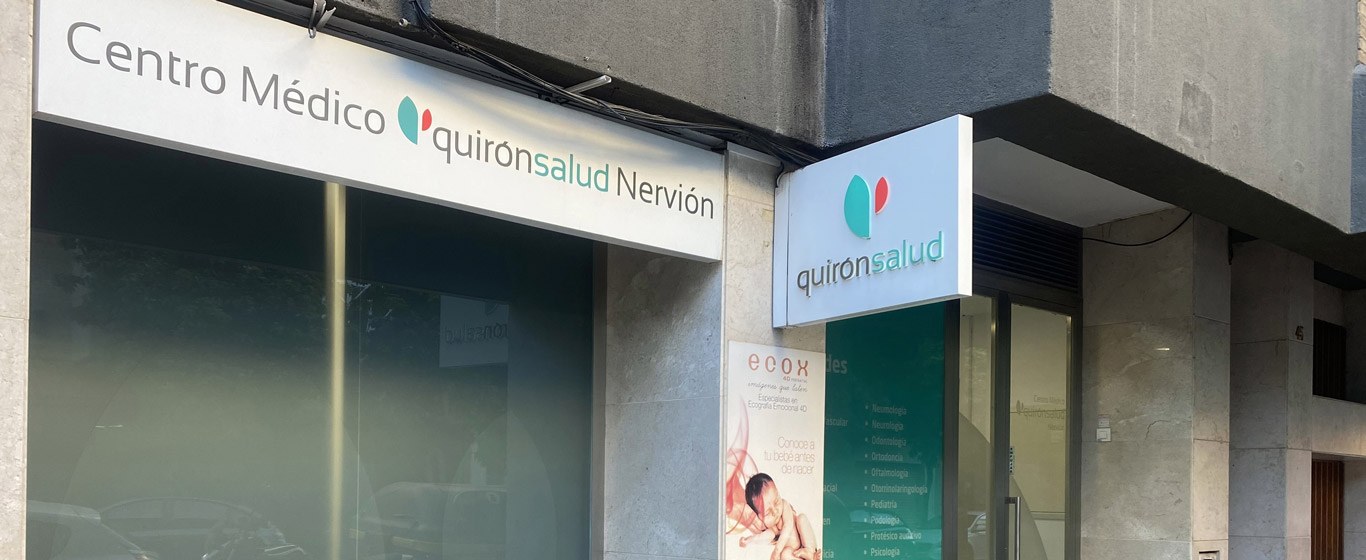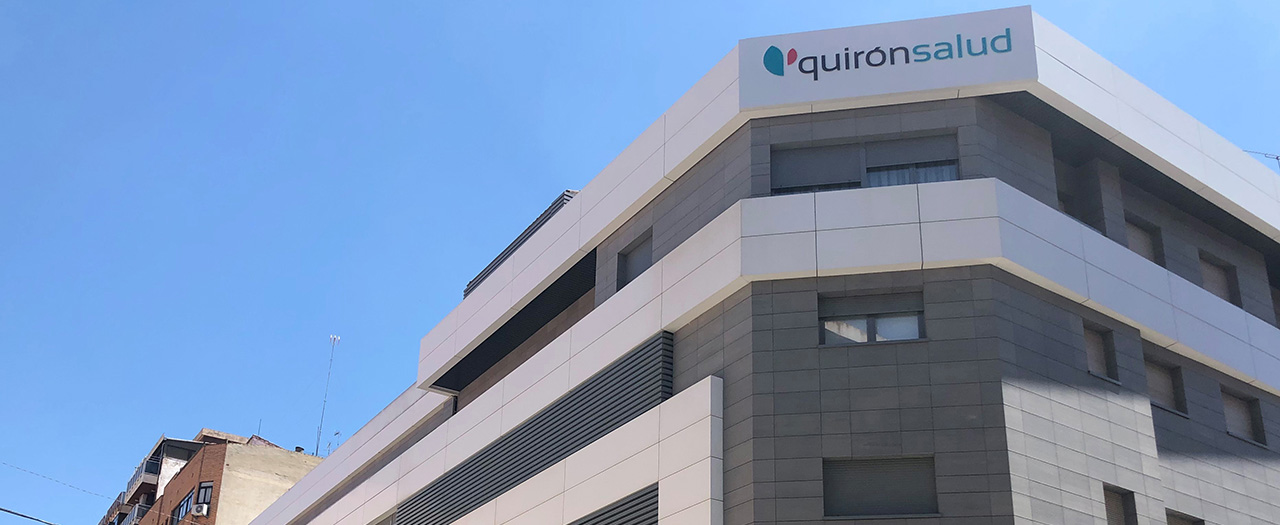Subdural Hematoma
What are the sequelae of a subdural hematoma? Learn about the causes, symptoms, treatments, and possible prognosis.
Symptoms and Causes
A subdural hematoma is an accumulation of blood in the subdural space of the brain, located between the pia mater (arachnoid layer) and the dura mater, which are two membranes that cover the brain. Blood leaks due to the rupture of blood vessels that cross this area, forming a hematoma that compresses brain tissue. It is usually of venous origin and is more common in the elderly.
Depending on the evolution time of the hematoma, it can be classified as:
- Acute subdural hematoma: Symptoms usually appear quickly, within minutes or hours. The prognosis is very severe, as it can cause brain swelling, which, along with the hematoma, increases intracranial pressure, worsening symptoms and potentially leading to death.
- Subacute subdural hematoma: Symptoms may take days or weeks to appear.
- Chronic subdural hematoma: Results from milder injuries, causing slow bleeding that leads to small subdural hematomas, with symptoms appearing weeks or months later. In this case, a rapid increase in intracranial pressure is less likely.
A subdural hematoma is a common and very serious condition that requires immediate medical attention as soon as the first symptoms appear.
Symptoms
The symptoms of a subdural hematoma depend on its size and location. Additionally, they worsen as more blood flows into the brain and intracranial pressure increases. The following symptoms may occur:
- Persistent headache.
- Impaired speech or language.
- Confusion, memory disturbances.
- Drowsiness, lack of energy.
- Weakness and numbness.
- Loss of balance, difficulty walking.
- Nausea and vomiting.
- Vision problems, unequal pupil size.
- Paralysis on the side of the body opposite to the brain injury.
- Seizures.
- Loss of consciousness.
In infants, symptoms may also include:
- Bulging fontanelles: Outward curvature of the soft spots on the skull.
- Hydrocephalus: Increased head size.
- Separated sutures: Abnormally wide spaces in the skull’s bone junctions.
Causes
The primary cause of a subdural hematoma is severe head trauma, usually resulting from accidents or falls. However, a mild or moderate injury can also lead to a subdural hematoma. In some cases, they occur spontaneously without an apparent cause.
Risk Factors
The risk of developing a subdural hematoma after head trauma increases in the following cases:
- Age: In elderly individuals, a subdural hematoma can occur from minor injuries. As the brain shrinks with age (brain atrophy), the bridging blood vessels stretch, making them more prone to tearing. These injuries often go unnoticed and do not present immediate symptoms, making diagnosis difficult.
- Use of anticoagulants or antiplatelet drugs: These prevent blood clotting and promote bleeding.
- Medical conditions causing poor blood clotting.
- Chronic alcohol abuse: Long-term alcoholism leads to brain atrophy.
- Conditions causing seizures: Increased risk of head injuries.
Complications
The prognosis depends on the size and location of the hematoma, its rate of progression, and the medical care received.
- Acute subdural hematoma: Has a high mortality rate, as intracranial pressure can become so intense that it causes a brain herniation, shifting brain tissues and leading to a comatose state or death.
- Chronic subdural hematoma: Can be mistaken for dementia due to persistent symptoms such as memory loss, headaches, dizziness, drowsiness, or weakness. This often delays diagnosis and proper treatment.
Prevention
To prevent a subdural hematoma, it is essential to:
- Avoid accidents and falls that may cause head trauma. Recommended measures include:
- Using appropriate safety equipment at work or during sports activities.
- Wearing a seatbelt in the car.
- Exercising caution while driving.
- Avoid alcohol and other harmful substances that can damage the brain.
- Seek medical attention after a head injury, even if no symptoms are present.
Which doctor treats subdural hematoma?
Neurology and neurosurgery specialists are responsible for diagnosing and treating subdural hematomas.
Diagnosis
If any of the symptoms mentioned above occur or a head injury has been sustained, imaging tests will be necessary to determine the presence of hematomas:
- Computed tomography (CT scan).
- Magnetic resonance imaging (MRI): Particularly precise for detecting chronic subdural hematomas.
Treatment
The treatment for a subdural hematoma depends on its size. In adults with small subdural hematomas, observation may be sufficient, as the blood can be reabsorbed spontaneously. However, in cases of large hematomas causing severe symptoms, immediate treatment is required:
- Burr hole surgery to reduce intracranial pressure: A small hole is drilled in the skull to drain the blood.
- Craniotomy to remove large hematomas or blood clots in cases of chronic progression. A drainage tube is also inserted and left in place for several days to prevent hematoma recurrence.
- Medications:
- Temporary discontinuation of anticoagulants in patients taking them.
- Administration of drugs that promote blood clotting.
- Depending on symptom severity, diuretics and corticosteroids may be used to reduce brain swelling, and anticonvulsants to control seizures.
- Physical therapy: To help reverse possible sequelae of the hematoma.





